Discover how DNA testing helped uncover the ancestral roots and connections between the Webb and Hubble families, providing valuable insights into their shared history and lineage. Follow their journey of exploration and learn how you can use DNA testing to uncover your own family’s hidden past.
Unraveling the mysteries of our ancestors has always been a fascinating pursuit. With the advent of DNA testing, it has become easier to trace our family history and connect with our roots. In this blog, we explore the journey of two families, the Webbs and the Hubbles, as they used DNA testing to uncover their shared lineage. Join us as we delve into their story and discover the power of DNA testing in revealing the secrets of our family history.
Who Are James Webb and Edwin Hubble?
Have you seen the amazing images sent from the Webb Space Telescope? On July 12, 2022, the first high-resolution image was received back on earth, and since then Webb has sent back images unlocking the universe’s mysteries. Most recently on Sept 6th, 2022, Webb sent pictures from the Tarantula Nebula uncovering new answers about how stars are born.
The First Namesake: Edwin Hubble
Edwin Hubble was an American astronomer who is widely regarded as one of the most influential figures in modern cosmology. Hubble began his career as a lawyer, but his passion for astronomy led him to switch to the field of science. In the early 20th century, he revolutionized our understanding of the universe by demonstrating that the universe was expanding, and he provided evidence for the existence of galaxies beyond the Milky Way.
Hubble’s contributions to astronomy and cosmology earned him numerous accolades and awards, including the prestigious Bruce Medal in Astronomy, the Gold Medal of the Royal Astronomical Society, and the Presidential Medal of Freedom. In recognition of his groundbreaking work, NASA named the Hubble Space Telescope after him, which has since become one of the most iconic scientific instruments in history. The Hubble Space Telescope has revolutionized our understanding of the universe and provided us with unprecedented views of distant galaxies, nebulae, and other astronomical phenomena.
The Predecessor: James Webb
James Webb was an American government official who played a pivotal role in the early days of NASA. He served as the second administrator of NASA from 1961 to 1968 and oversaw the development of several key programs, including the Apollo program, which successfully landed humans on the Moon for the first time.
In addition to his work with NASA, Webb also served as an undersecretary of state during the Kennedy administration and played a key role in shaping U.S. foreign policy during the height of the Cold War. After his retirement from public service, he continued to be an influential figure in the fields of science and engineering, serving on the boards of several major corporations and advising multiple U.S. presidents on science and technology issues.
In honor of his contributions to the field of space exploration, NASA named the James Webb Space Telescope after him. Launched in 2021, the James Webb Space Telescope is one of the most ambitious scientific projects in history and is expected to revolutionize our understanding of the universe by allowing us to observe the first galaxies that formed after the Big Bang.
Linked Through Telescopes
According to NASA, the Webb Telescope is the successor to the Hubble Telescope. Webb is not a replacement for Hubble; its capabilities are not identical. Webb will primarily look at the Universe in the infrared, while Hubble studies it primarily at optical and ultraviolet wavelengths.”
Both telescopes were named for men who influenced the way we understand the cosmos. Edwin Hubble challenged then held beliefs about the Milky Way and our universe. He asserted that multiple galaxies existed, a now widely accepted concept. James Webb, upon his appointment as administrator of NASA, was able to take the scattered research centers and organize NASA into a coordinated organization.
James Webb and Edwin Hubble: Beyond Telescopes
FamilyTreeDNA, through our new Discover™ beta tool, uncovered a connection between Webb and Hubble. They share a paternal line ancestor. We know Webb’s haplogroup is R-BY19206. By entering his haplogroup, R-BY19206, on the Discover page we can view information about his Y-DNA story.
How can you find Webb’s haplogroup? Who are his ancient DNA connections, and who are his notable connections? With FamilyTreeDNA Discover, all of those questions can be answered. Under Notable Connections, you can see that Edwin Hubble is shown as a connection to James Webb. By clicking on Edwin Hubble, we can read more about his connection to James Webb. Webb and Hubble share a common paternal line ancestor about 4,600 years ago. He most likely lived somewhere in either France or Spain.
Who Can You Connect With in Discover?
Are you related to either Hubble or Webb? Who are you related to? What is your haplogroup story? Answer these questions and discover your story today.
If you already know your Y-DNA haplogroup, you can enter it into FamilyTreeDNA Discover.
If you’re looking for your most refined Y-DNA Haplogroup, consider purchasing a Big Y-700< test to receive your confirmed Y-DNA haplogroup.
Uncover your story and more with FamilyTreeDNA Discover.
About The Author
Roberta Estes
Genealogy Subject Matter Expert
Roberta Estes, author of the book, DNA for Native American Genealogy, and popular blog www.DNAexplain.com is a scientist, National Geographic Genographic affiliate researcher, Million Mito team member and founding pioneer in the genetic genealogy field.
An avid 40-year genealogist, Roberta has written over 1600 articles at DNAexplain about genetic genealogy as well as how to combine traditional genealogy with DNA to solve those stubborn ancestor puzzles. Roberta took her first DNA test in 1999 and hasn’t stopped.






“He most likely lived somewhere in either England or Ireland.” That doesn’t seem right.
If their common ancestor is R-DF27, he most likely lived somewhere in continental Europe. Central Europe and Iberia are the most common advanced hypothesis for the place R-DF27 appeared.